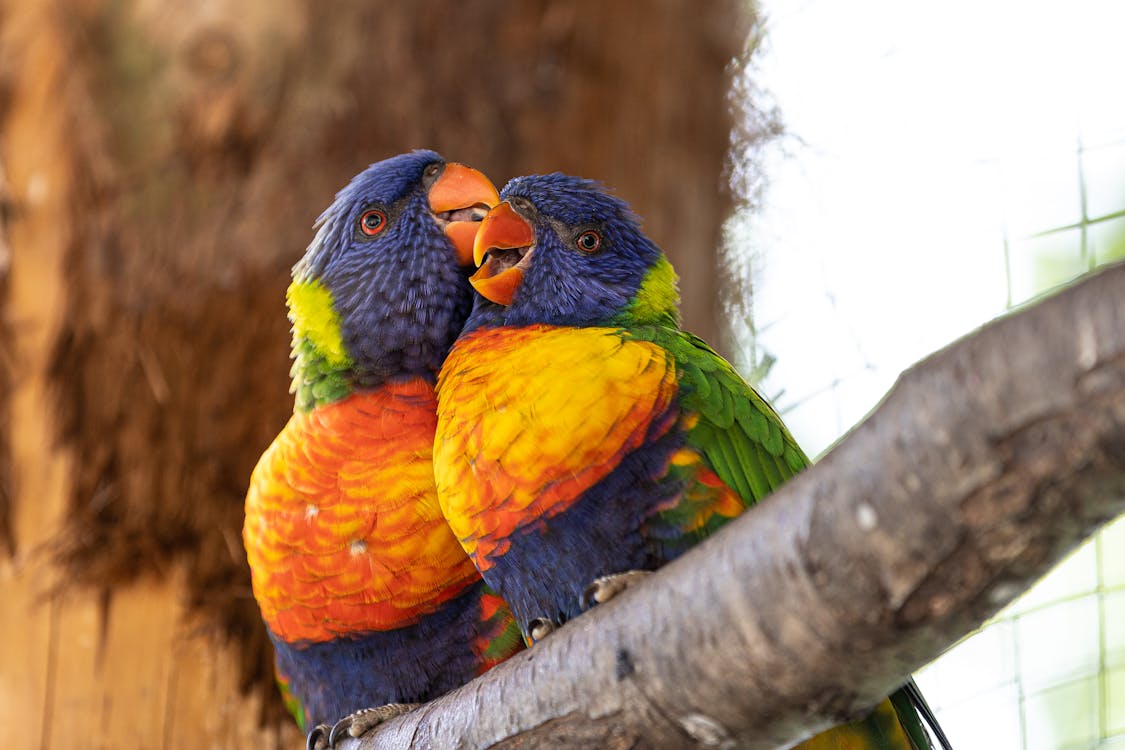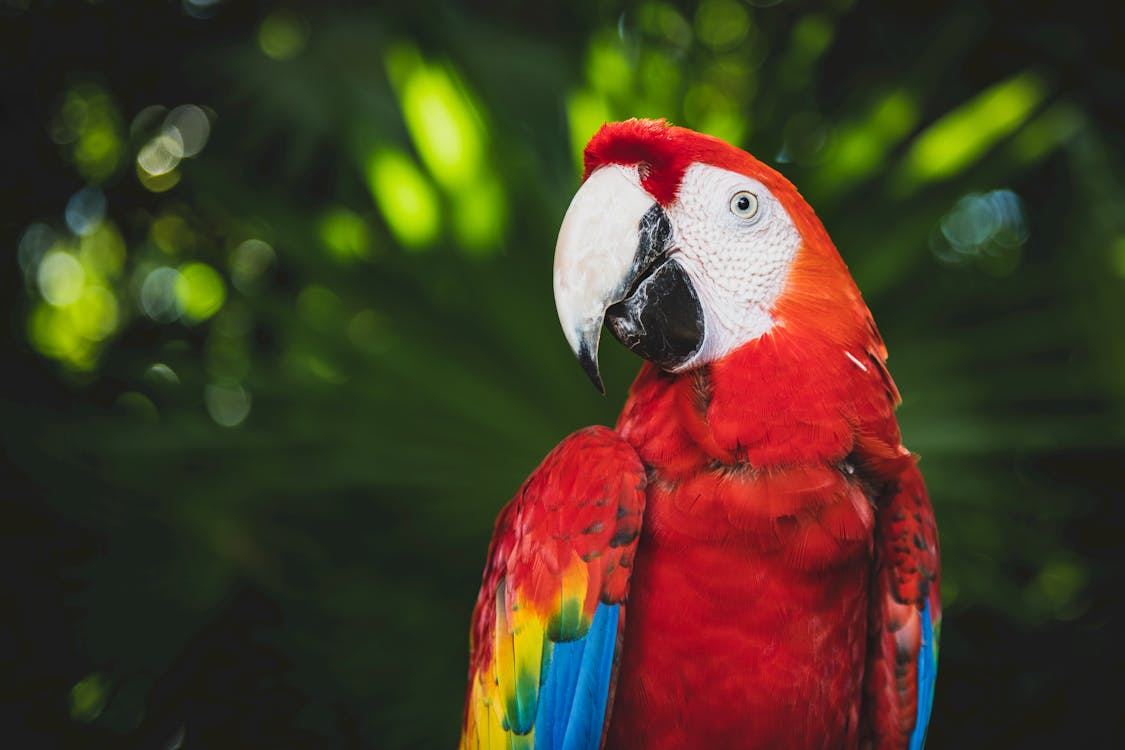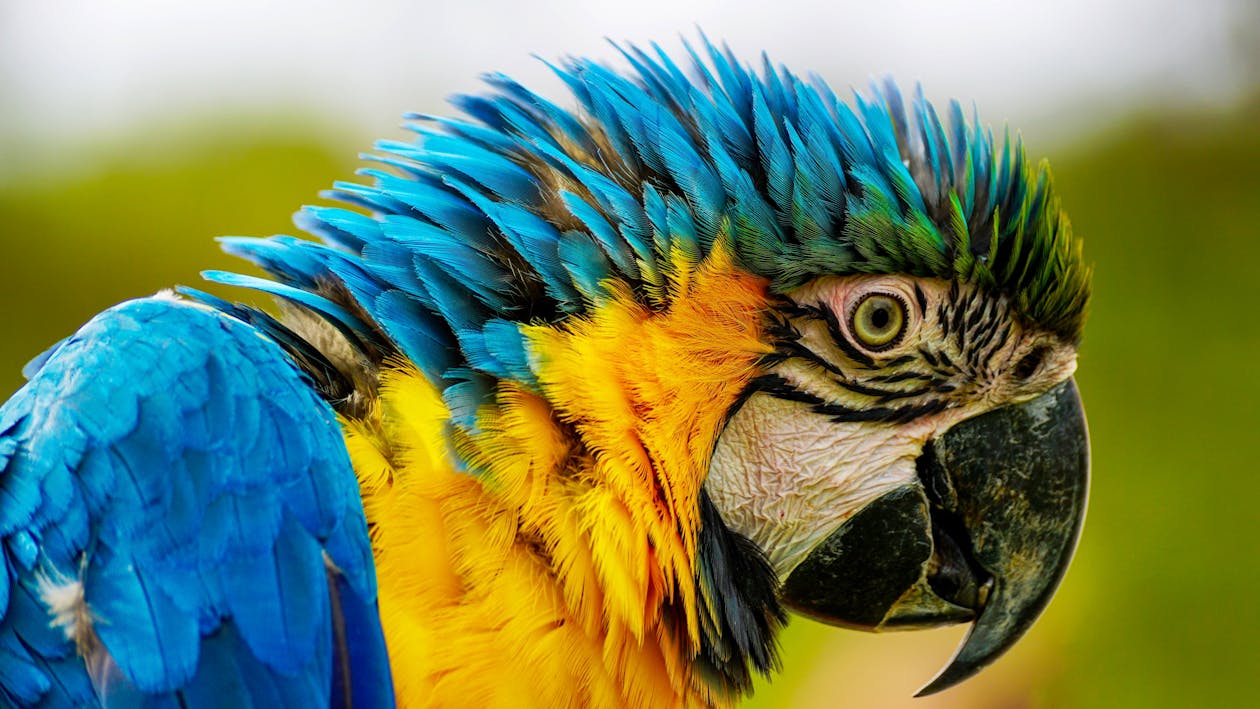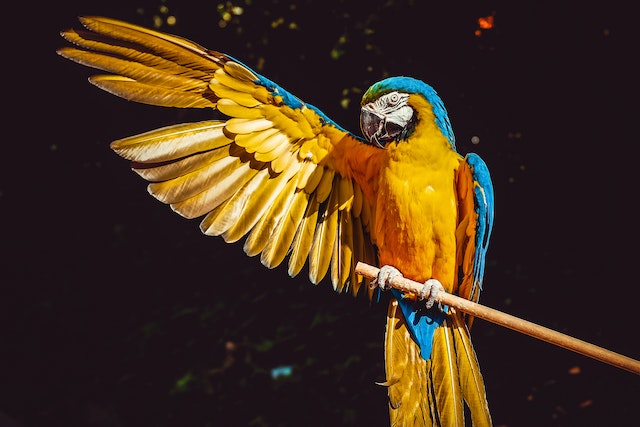Are you looking for a fun and rewarding way to bond with your Quaker Parrot? Teaching your parrot to talk is a great way to do just that. Not only is it an enjoyable activity for both of you, but it’s also an entertaining way to show off your parrot’s talents! If you’re new to parrot training, don’t worry—teaching your Quaker Parrot to talk isn’t as daunting as it may seem. In this blog post, we’ll discuss 10 tips to help you get started.
1) Start with simple words or phrases

Begin by teaching your Quaker Parrot simple words and phrases like “hello”, “goodbye”, and “thank you”. Once the bird is comfortable with these basic words, you can start teaching them more complex phrases. Make sure to be patient and persistent in teaching your parrot new words.
2) Repeat, repeat, repeat
The key to teaching your Quaker parrot to talk is repetition. Start by repeating the same phrase or word each time you interact with your bird. With patience and consistency, they’ll soon begin to imitate you. Each time you say a word or phrase, give your parrot plenty of time to try and imitate you. Be patient and reward them with treats when they do. Repeat this process with different words and phrases, and before long your parrot will have a sizeable vocabulary!
3) Use rewards

Encourage your parrot to talk by offering a small reward every time it attempts to say something. This can be as simple as a few pieces of its favorite treat, a verbal compliment, or a head scratch. The rewards should be given immediately after the parrot attempts to talk.
4) Be patient
Training a parrot to talk can take time. Don’t get frustrated and remember to be patient. Provide plenty of praise and rewards for progress, no matter how small. Start off with just a few words. Begin by teaching your parrot simple words like “hello” and “goodbye”, and slowly add more words as they become comfortable with the first few. Repeat the words over and over and make sure to give lots of positive reinforcement. With patience and dedication, you’ll soon have a talking parrot in no time!
5) Keep it fun

Train your Quaker parrot with a positive attitude and lots of love. Use treats and toys to reward good behavior. Make sure to keep the sessions short and light-hearted. Speak in a clear and encouraging voice, and keep repeating the same words you’d like your parrot to learn. Start with just a small amount of words, and gradually build up as your parrot learns.
6) Try different techniques
Use a variety of sounds, such as whistling or singing. You may also want to try asking your parrot questions and teaching it to respond with an answer. You can also use hand signals, body language, and other visual cues. Experiment to find the methods that work best for you and your parrot.
7) Vary your voice

Varying your voice can help your parrot learn how to talk. Talk in different tones, volumes, and pitches. Try singing or speaking in a higher-pitched voice and speaking in a lower-pitched voice. Speak with emotion and enthusiasm. Change the inflection of your words. Your parrot will respond better when it recognizes that you are excited or happy.
8) Avoid scolding
When training your Quaker Parrot to talk, it is important to remember not to scold the bird for mistakes. This can be discouraging for the parrot and make it less likely to talk. Positive reinforcement is the key! Encourage the parrot with treats and verbal praise when it is able to mimic a word or phrase correctly. Be patient, as it can take time for the bird to learn.
9) Try sign language

Sign language can help your Quaker parrot learn to talk more quickly. Use simple gestures to represent the words you want them to learn. For example, you could use a waving motion to represent “hello” or a finger point for “no.” With practice, your Quaker parrot will start to understand the signs and link them to the words they represent.
10) Get a professional opinion
It can be helpful to get an expert opinion when teaching your Quaker Parrot to talk. A veterinarian or avian behaviorist may be able to help you determine the best course of action for you and your bird. They can provide guidance on how to properly socialize your parrot, as well as insight on how to use positive reinforcement to encourage talking.

